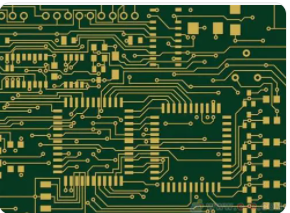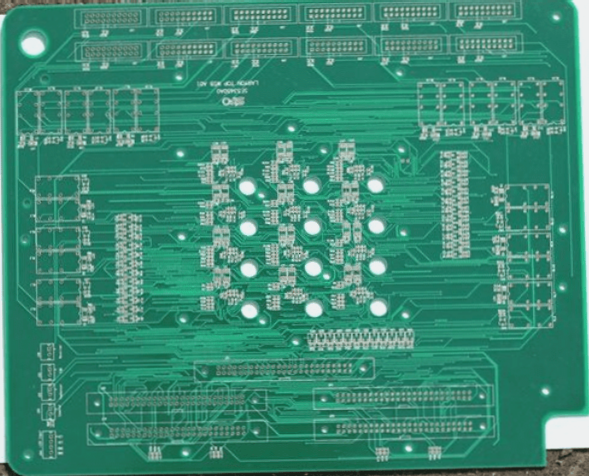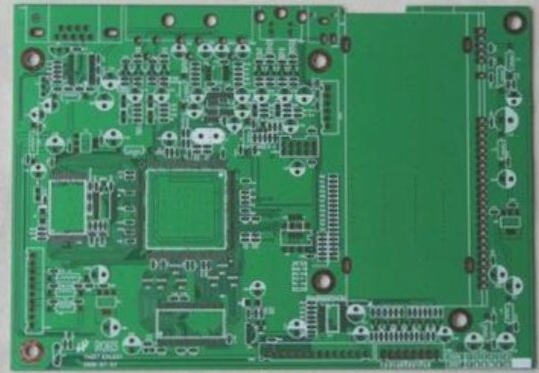The Essential Principles of Multi-layer PCB Layout and Routing
-
Setting Trace Spacing for Components
When designing a PCB, it is crucial to consider the spacing between different networks to ensure electrical insulation, manufacturing feasibility, and component size. For instance, for a chip component with an 8 mil pin pitch, a specific 6 mil design rule should be set to maintain adequate clearance. Manufacturers’ capabilities should also be taken into account to optimize the design process.
-
Choosing Wiring Forms at Corners
To enhance manufacturability and aesthetics, selecting appropriate routing styles for corners is essential. Options like 45°, 90°, and curved corners should be considered, with a preference for arc transitions or 45° turns over sharp angles to avoid signal integrity issues. Techniques like teardropping can help create smooth transitions between traces and pads, ensuring reliability.
-
Determining Trace Width
Trace width plays a critical role in handling current flow and electromagnetic interference control. Power traces should be wider than signal traces, and ground potential stability should be maintained by adjusting trace widths based on current variations. Ground and power traces should be sufficiently wide to ensure proper functionality, with wider traces being favorable for high-current applications.
-
EMI Protection and Shielding
Effective routing and grounding strategies are essential to minimize electromagnetic interference (EMI) in PCBs. Proper trace layout and grounding techniques can significantly reduce interference sources like crosstalk and power line interference, thereby improving the overall electromagnetic compatibility (EMC) of the PCB.

Maximizing Signal Integrity in PCB Design
When designing PCB layouts, especially for high-frequency or sensitive signals like clock signals, it is crucial to pay attention to trace width. To ensure optimal signal integrity, consider maximizing the trace width as much as possible.
One effective technique to enhance signal quality is to incorporate a ground layer that envelops the signal trace. By surrounding the trace with a continuous ground path or adding a dedicated shield layer, known as “grounded shielding,” you can effectively isolate the signal from neighboring traces. This shielding method acts as a barrier, reducing interference from adjacent signal traces and enhancing overall signal performance.
If you encounter challenges or have specific requirements for PCB manufacturing, feel free to reach out for assistance. Our team is here to support your PCB needs and ensure the success of your projects.
For more information or inquiries, please contact us.




